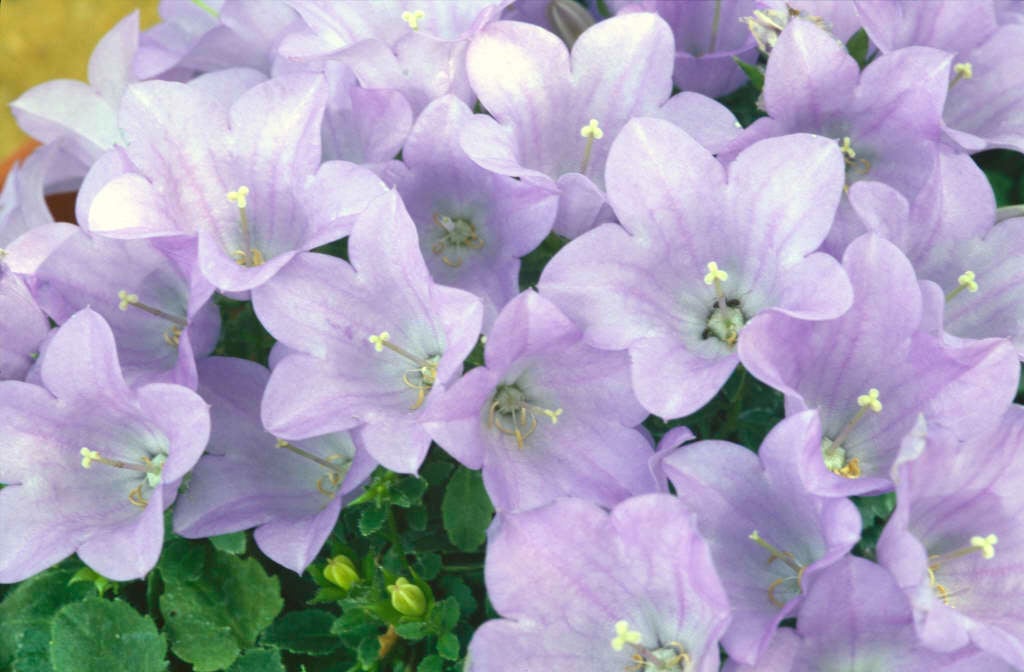Size
Ultimate height
Up to 10cmTime to ultimate height
2–5 yearsUltimate spread
0.1–0.5 metresGrowing conditions
Moisture
Well–drainedpH
Acid, Alkaline, NeutralColour & scent
| Stem | Flower | Foliage | Fruit | |
| Spring | Green | |||
|---|---|---|---|---|
| Summer | Blue | Green | ||
| Autumn | ||||
| Winter |
Position
- Full sun
Aspect
West–facing or South–facing
Exposure
Sheltered Hardiness
H4Botanical details
- Family
- Campanulaceae
- Native to GB / Ireland
- No
- Foliage
- Deciduous
- Habit
- Bushy
- Genus
Campanula may be annuals, herbaceous or evergreen perennials, with bell or star-shaped, often blue, flowers in late spring or summer
- Name status
Accepted
How to grow
Cultivation
It will not tolerate winter wet. Grow in a scree bed, in tufa, in gritty, moist but sharply drained soil in a trough. Alternatively grow in alpine house in peat-free, loam-based potting compost with one-third by volume of grit
Propagation
Propagate by seed in spring or autumn or from basal cuttings
Suggested planting locations and garden types
- Patio and container plants
- City and courtyard gardens
- Cottage and informal garden
- Gravel garden
- Rock garden
- Wildlife gardens
- Banks and slopes
- Garden edging
Pruning
No pruning required
Pests
Vulnerable to attack by slugs and snails. Aphids and glasshouse red spider mite may be problem under glass
Diseases
Can suffer from powdery mildew and rust
Get involved
The Royal Horticultural Society is the UK’s leading gardening charity. We aim to enrich everyone’s life through plants, and make the UK a greener and more beautiful place.
